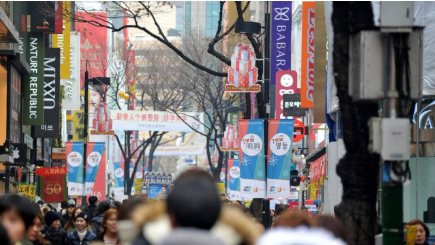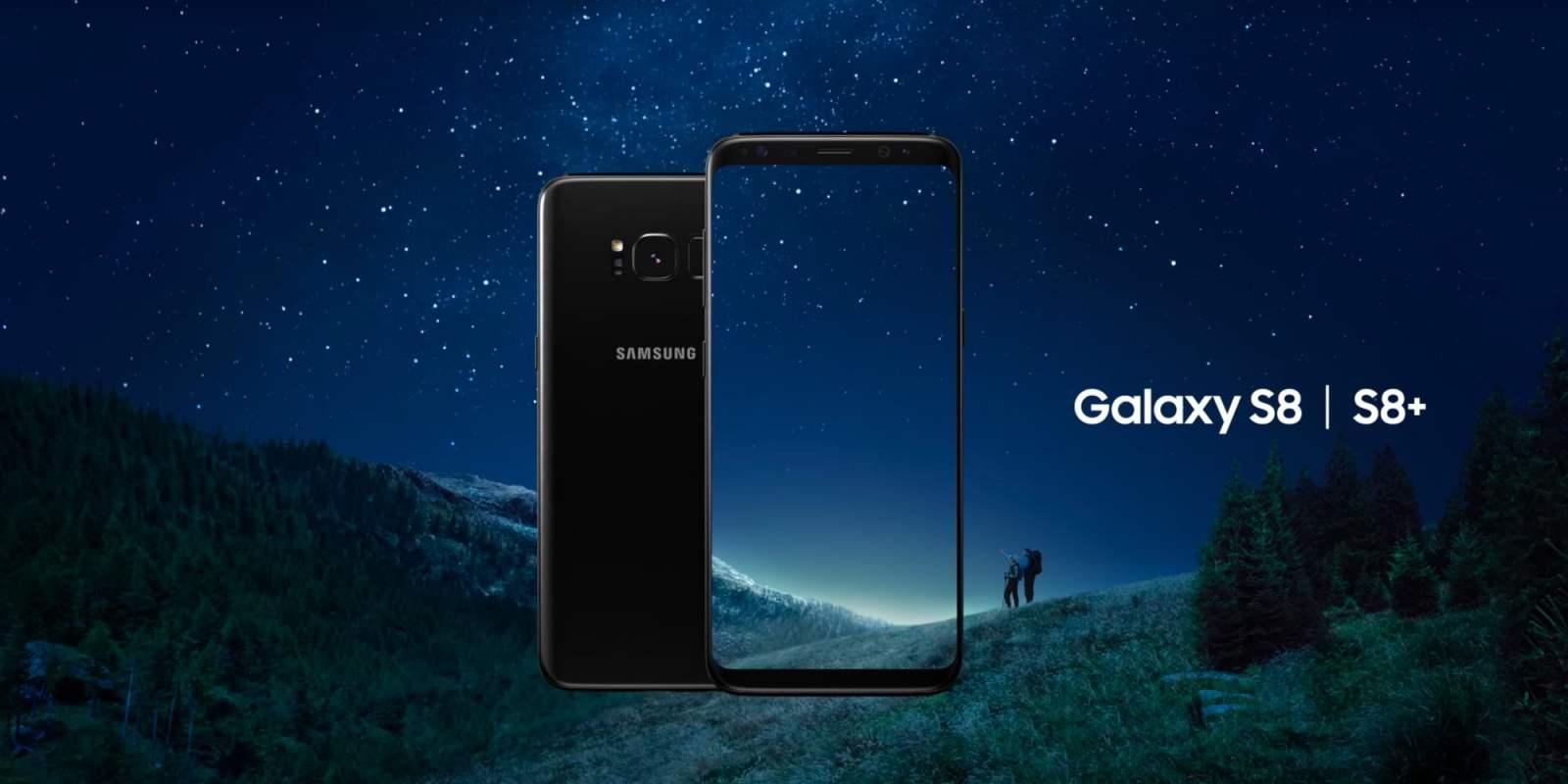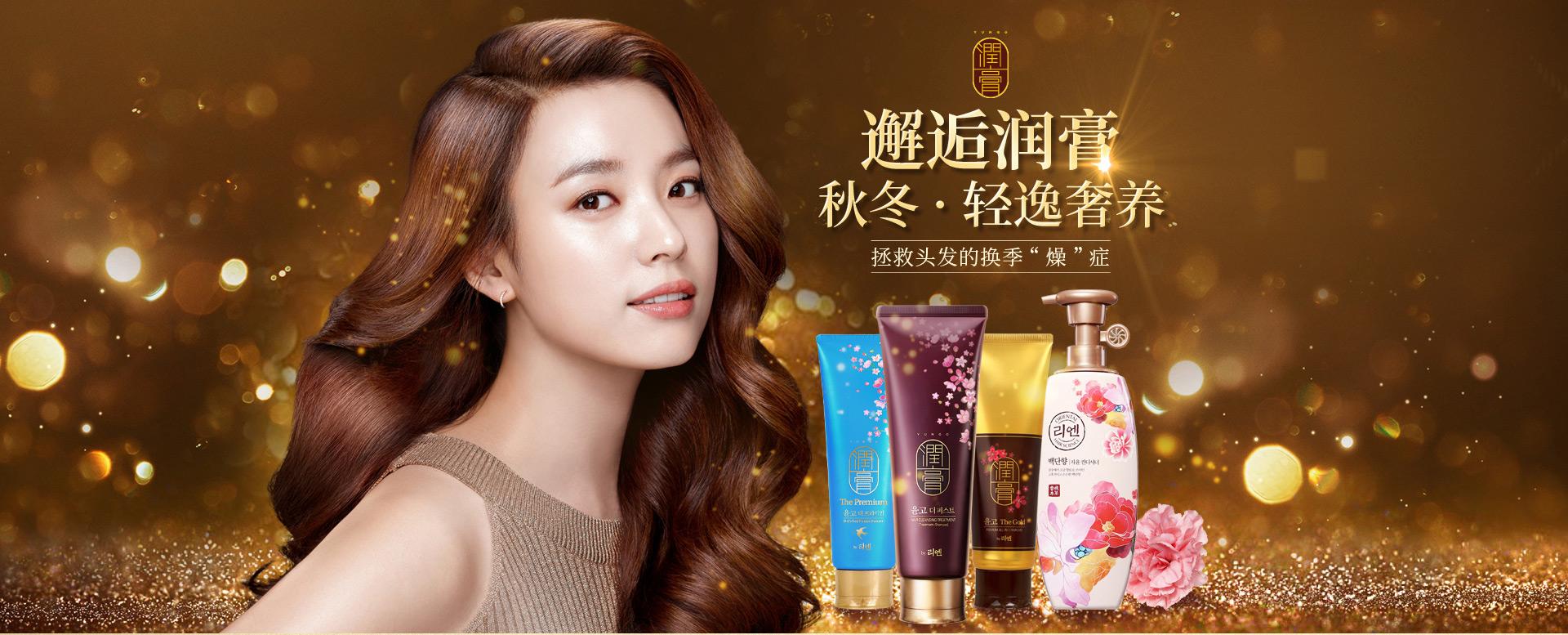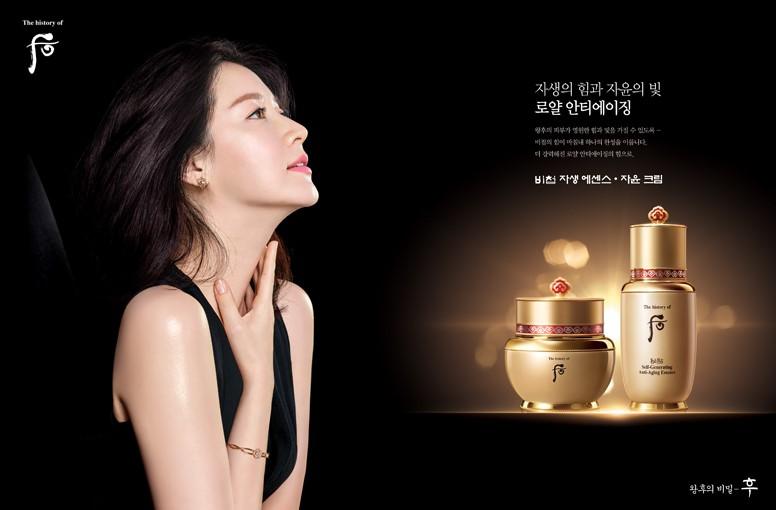

From Samsung, Korea’s homegrown tech giant that rivals Apple, to the natural skincare brand Innisfree; from the adorable cartoon characters Line Friends, to the hottest K-pop star BTS, you must be familiar with these ubiquitous Korean brands. However, when you are wandering around Seoul, placing yourself amongst a dazzling array of brands, you rarely see brands that use Korean characters in their brand names. Why?
As the leading expert in brand naming, we will bring you important insights about Korean brand naming trends, discovering how the unique Korean culture impacts its brand naming, or rather, how the brand names reflect the culture.
To understand the trends and characteristics of Korean brand naming, we should first understand the historical and cultural background, especially their language.
The official language script of South Korea “Hunminjeongeum” (The Proper Sounds for the Instruction of the People) was created and promulgated by the 4th King of Joseon Dynasty, Sejong, in 1446. It has a history of just 570+ years. Before that, this country has long used traditional written Chinese (Hanzi) as their official language. With the relatively short history of their own language, there are only 25.9% native Korean words (such as 마음[maeum]: heart; 사람[sa-ram]: person) in their vocabulary, while Sino-Korean words, phonetically evolved from traditional Chinese (such as 의자[uija]: chair; 부모[bumo]: parents), take up 58.5%. The rest of the words are “borrowed” from other foreign languages, for example, 파티[pati]: party and 서비스[seobiseu]: service.
As we can see, though the Korean language is young compared to other languages in the world, it incorporates a variety of different cultural symbols. This unique language culture is clearly reflected in the naming of Korean brands. Now, let’s take a look at some well-known brands to find out the relationship between Korean culture and its brand naming.
As the most popular and common approach to brand naming in Korea, it is easy to recall brands with purely alphabetical names from all industries. Apart from Samsung, electronic brand LG, automobile brand KIA, skincare brand The Face Shop, Innisfree, fashion brand ELAND, Stylenanda… all of them purely use alphabets in their names.


What results in this naming trend? We have summarized 3 main reasons:
Firstly, realizing that the Korean market is very small, Korean brands seek to expand into oversea markets. As English is an international language, an English-friendly composition is the most effective way to name the brand. This approach can help brands to increase brand reach, thereby gaining a foothold in the global market.
Secondly, Korean people’s admiration towards western cultures brings about the ubiquitous presence of foreign elements. Alphabetical naming plays a role for Korean brands to build positive brand associations such as modernity, style and internationalization, and to deliver a high-end and reliable brand image.
Thirdly, as Korean is a phonogram language similar to English (Chinese is a form of logogram), it is not hard for Korean people to recognize and read alphabetical brand names. In this case, alphabetical brand names not only appeal to international consumers but also have minimal communication barriers with the domestic audience.
In addition to the wide use of alphabetical naming in English, there are also many brands in some specific industries that use other languages such as French and Spanish in their brand names. Do you still think that Paris Baguette is a French brand? To your surprise, it is actually a native Korean brand created by Hur Young In in 1988. Putting the words Paris and Baguette together, this name represents the top French-styled bakery cafe franchise in South Korea. Similarly, Tous Les Jours, the famous bakery brand owned by CJ Group, also uses a French name to indicate their authentic French flavor.
Alphabetical brand naming naturally links the brands with preexisting category associations rooted in consumers’ minds, creating an authentic and professional brand perception.
The development of Chinese language script (Hanzi) in Korea is meandering. Before the creation of “Hunminjeongeum”, Hanzi acted as the official language script in the Korean Peninsula. However, due to feudalism, it was difficult for the common people to access the written Chinese. Only the nobility could learn and use it. Even after the “Hunminjeongeum” was promulgated, Chinese characters were still used in the government documents and historical records along with Korean ones (similar to today’s Japanese). Later in 1984, riding on the trend of nationalism, and in order to eliminate the influence of Chinese traditional culture, the Korean Peninsula decided to abolish Chinese characters in all places. But as a precious cultural heritage, even today, there are still many pro-Hanzi scholars calling on recovering the education of Hanzi.
With this unique background, Chinese characters carry a sense of nobility and meaningfulness in Korean consumers’ minds.
In recent years as the restrictions on use of Chinese characters loosen, we see many brands start to adopt them in brand naming, especially in the FMCG and beauty industries. For example, the renowned high-end skincare brands Sulwhasoo雪花秀[xuě huā xiù] and Whoo后[hòu], haircare brand 润膏[rùn gāo] and 吕 [lǚ], as well as the Korean ginseng brand 正官庄[zhèng guān zhuāng]. As mentioned before, in the old days, Hanzi was to some extent a symbol of nobility. Thus, these brand names with Chinese characters are able to enhance sacred, historical and mysterious connotations.
Another reason to the rise of naming with Chinese is the popularity of TCM ingredients in Korean beauty products. Chinese naming has made undeniable contributions in strengthening the desired brand image for those brands that are proud of their unique TCM formulas.

Sulwhasoo is a high-end Korean herbaceous skincare brand. Sulwhasoo’s pursuit of true beauty is a journey that begins with Asian wisdom, embodying the harmony and equilibrium with Nature.

润膏[rùn gāo] is a top Korean haircare brand whose products are all made of herbal medicinal ingredients.
Meanwhile, these brands also make sure to maintain a consistent brand personality across other touchpoints. Taking the luxury skincare brand Whoo后 [hòu] for example, adopting the Chinese character 后[hòu], the brand name indicates “the Queen’s secret”. The brand claims to extract rare and precious medicinal ingredients, combined with modern skincare technology, to create a line of luxurious products designed for modern Oriental beauties. The design of the product packaging is inspired by royal ceramics, with patterns of lotus and phoenix. The main color palette of the brand is golden and amber, showcasing the splendor of royalty. Lee Young Ae, the brand ambassador, is also regarded as an elegant “goddess of beauty” by Korean people. The entire brand identity, including the brand name in Chinese, conveys a luxurious and premium brand image.

In fact, in those categories that are considered to be the most authentic Korean, we can still see some brands with Korean names, such as the Soju brand 처음처럼 [Chumchurum], 참이슬 [Chamisul], chili sauce brand 해찬들 [haechandle]. These brands are highly relevant to Korea’s domestic consumers in their daily life and carry the true Korean character.

Now let’s go back to the question raised at the beginning of this article: why only a few Korean brands adopt Korean in their brand names? The answer is still the language. With Korean being a phonogram language, it is difficult to distinguish the meaning of a word from just reading the characters. For example, in Korean, 일 can mean “day”, “work” or the number “1”. Obviously, adopting Korean in brand names has limitation in expressing the desired meaning accurately.
Thanks to its young language and unique culture, brand naming in Korea is simple yet complex.
It is quite uncommon to see 3 vastly different naming approaches in one market. Selecting the right approach will have a great impact on the brand tonality. Korean brands should first clearly define its brand positioning, vision and personality in order to identify the appropriate naming direction and approach. How to express the national pride while demonstrating an internationalized image? How to convey the modern edge but still keep heritage and authenticity? A well chosen brand name will be the guiding tower on the branding journey and provide key inspirations for brand development.
A Labbrand Group Company © 2005-2024 Labbrand All rights reserved
沪ICP备17001253号-3* Will be used in accordance with our Privacy Policy
To improve your experience, we use cookies to provide social media features, offer you content that targets your particular interests, and analyse the performance of our advertising campaigns. By clicking on “Accept” you consent to all cookies. You also have the option to click “Reject” to limit the use of certain types of cookies. Please be aware that rejecting cookies may affect your website browsing experience and limit the use of some personalised features.